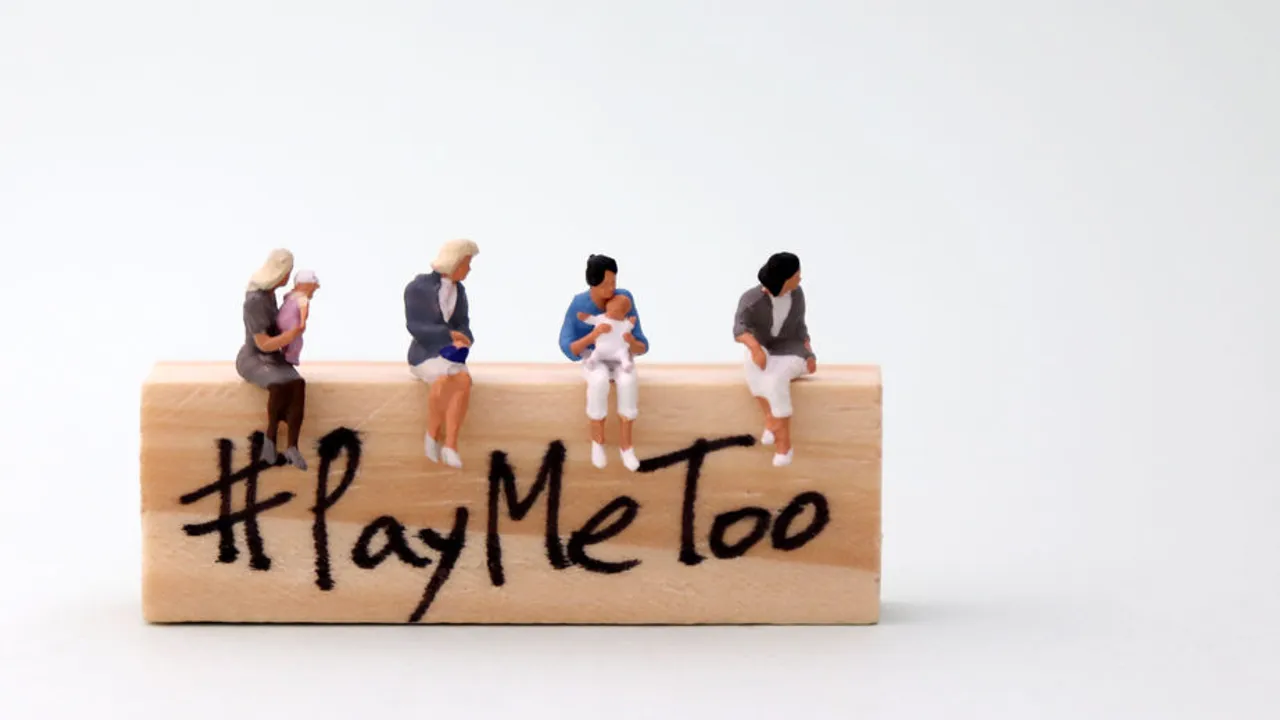The Gender Pay Gap and What You Can Do About It

Hyejin Kang/123RF.com
Women are paid 80 cents for every dollar paid to men.
Women have made great strides toward equality with men in both their personal and their professional lives. There is, however, a glaring lack of action and change in a critical area – pay. Using data from 2017, the federal government reports that the median annual pay of women who work full time is 20 percent less than the median annual pay of men who work full time. That means that for every dollar a man is paid, a woman is paid only 80 cents. That figure is for all men and women. For African American women that figure drops to 63 cents; for Hispanic women it drops to 54 cents.
Subgroups of the general population, such as geographic areas, specific industries or occupations, educational levels, ethnic groups, disabilities and ages have also been studied. The pay gap is consistent across all subgroups for which data were collected, including the healthcare professions and healthcare workers. These are among the top 10 occupations with the greatest disparities between men and women for equal work:
- Physicians – women are paid 71% of what men are paid.
- Registered nurses – women are paid 92% of what men are paid.
- Medical and health services managers – women are paid 77% of what men are paid.
Many factors contribute to the span of the gender pay gap: reduced hours worked because of time spent on domestic work; reduced job tenure resulting from breaks from the workforce to raise children; gender segregation by occupation and industry; and bias against women in leadership. These are just a few of the factors. In the general population, these add up to full time, working women being paid $10,000 less per year than men are paid for equal work.
There was substantial closing of the gender gap in pay from 1980 to 2000, but the rate of closure slowed after the year 2000.
- The rate of closure of the gender gap in pay in 2018 is the same as it was in 2016.
- At the rate of closure of the gap from 1960 to 2017, it is projected that equity in pay between men and women will not be reached until the year 2059.
- At the rate of change from 2001 to 2017, it is projected that pay equity will not be achieved until the year 2106.
Career disruptions, or periods of unemployment, are known to have a penalty on wages when an individual returns to the workforce; the longer the career disruption, the greater the penalty. Someone who was unemployed for less than three months faces about a 3.4% penalty; someone who has not worked in more than a year experiences about a 7.3% penalty.
Women who are returning from a period of unemployment are generally 7 percentage points more likely than men to have been out of the workforce for more than a year (17 percent of women versus 10 percent of men). For some age groups, this difference is distinctly greater. Women aged 30 to 44 years are 10 percentage points more likely than men to be unemployed for more than a year.
Women are much more likely to experience a career disruption to care for a child than are men (10 percent versus 2 percent, respectively). For those who have been unemployed for a year or longer, nearly a third of women report that caring for a child was the primary reason for their unemployment. Only 4 percent of men report the same. Women are also more likely than men to have been unemployed to care for a family member other than a child. Since women are more likely than men to take breaks from working, and their breaks are more likely to last longer than a year; they are particularly hurt by the unemployment penalty.
Another important factor contributing to the gender pay gap is referrals that lead to new job offers; these affect men and women differently. Employee referrals benefit men far more than women. Men can expect a referral to lead to a greater salary increase than a woman. White women are 12% less likely, and women of color are 35% less likely to receive a referral. Research shows that men can expect a referral to lead to an $8,200 salary increase. A woman can expect only a $3,700 salary increase, a difference between women and men of 55 percent.
Movement toward pay equity will require women, employers, workers, law-makers, and interested parties to collaborate for new legislation or policy change. Men are welcomed to support the cause. That won’t happen quickly, however, and your interview is tomorrow. What can you do?
The Negotiation:
If they offered you the job, they want you to take it.
- Before your interview, make the decision that you will negotiate the pay. It is expected. If you do not negotiate you risk the appearance of seeming naive to business principles. You will also probably be leaving money on the table if you fail to negotiate.
- Negotiation should not be a conflict – just have a conversation. The goal is for both parties to come to an agreement that is mutually beneficial.
- Focus on how you can help the company or organization. Suggest additional responsibilities you’d like to take on, or new skills you’d like to acquire, for helping the company to reach its goals.
- Deflect away from giving your salary history. You can say something like, “This position isn’t the same as my previous [or current] position. I’d like to discuss the responsibilities of this position and the appropriate pay.” A list of states and cities that have banned, by law, an employer asking about salary history can be found at www.hrdive.com/news/salary-history-ban-states-list/516662/.
- Choose your words and tone carefully. Women are unfairly penalized for sounding too aggressive, while a man would not be penalized for the same.
- Know your worth. Know the market in your region. Suggesting a number too high or too low may be viewed with suspicion. Salary.com and Payscale.com can help you find an appropriate starting point.
- When you reach an agreement, express your appreciation. Then you can discuss a signing bonus and other matters of compensation.
The American Association for University Women, https://salary.aauw.org/, has an online course in salary negotiation and frequent in-person workshops on the topic. It’s a starting point for getting involved in meaningful, long-term change and for empowering yourself and other women now.
Related Posts
